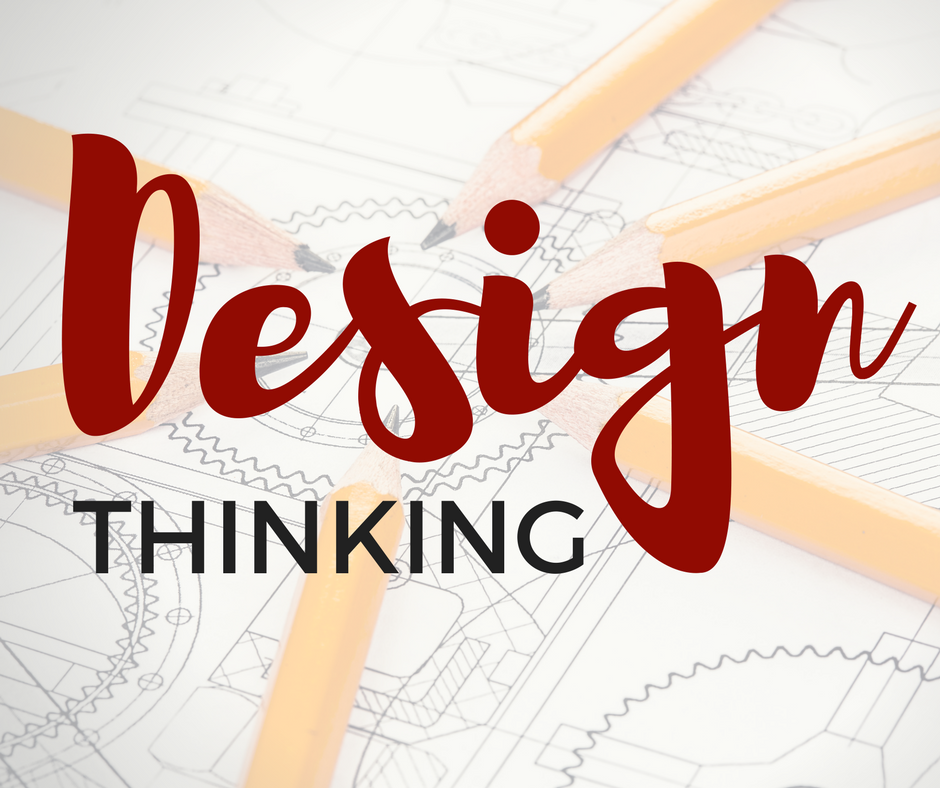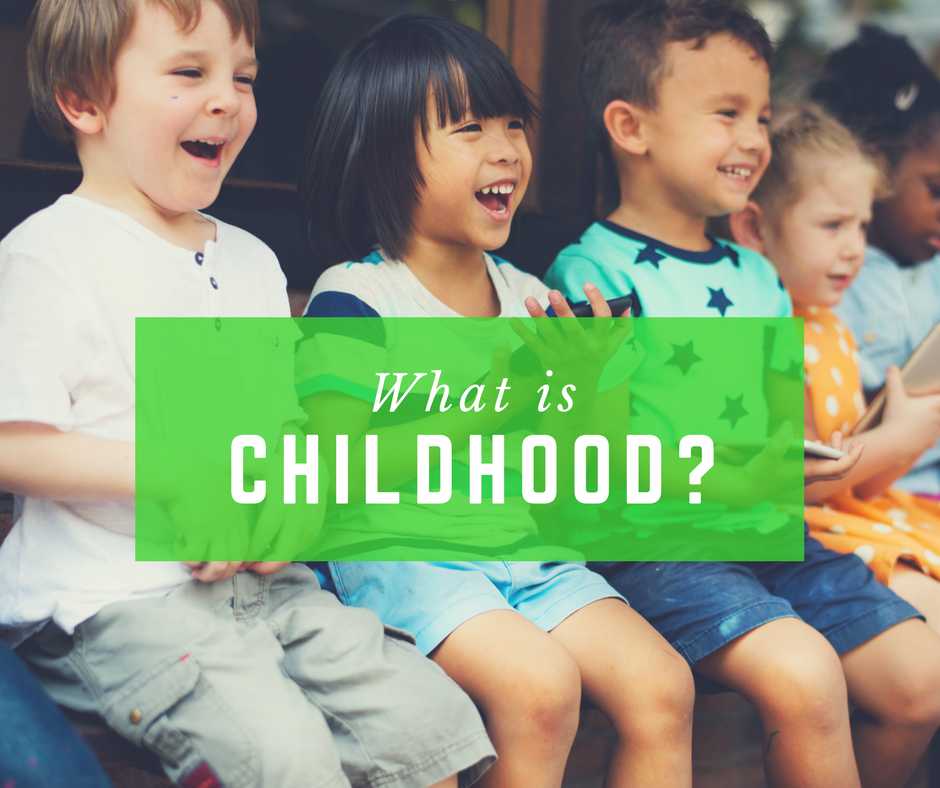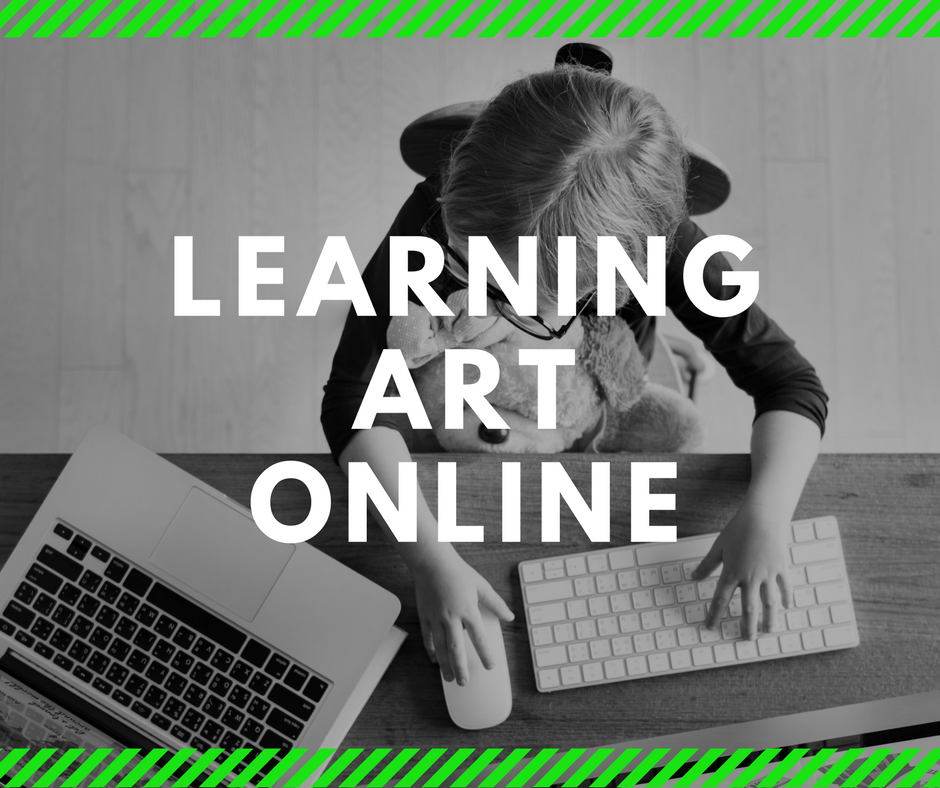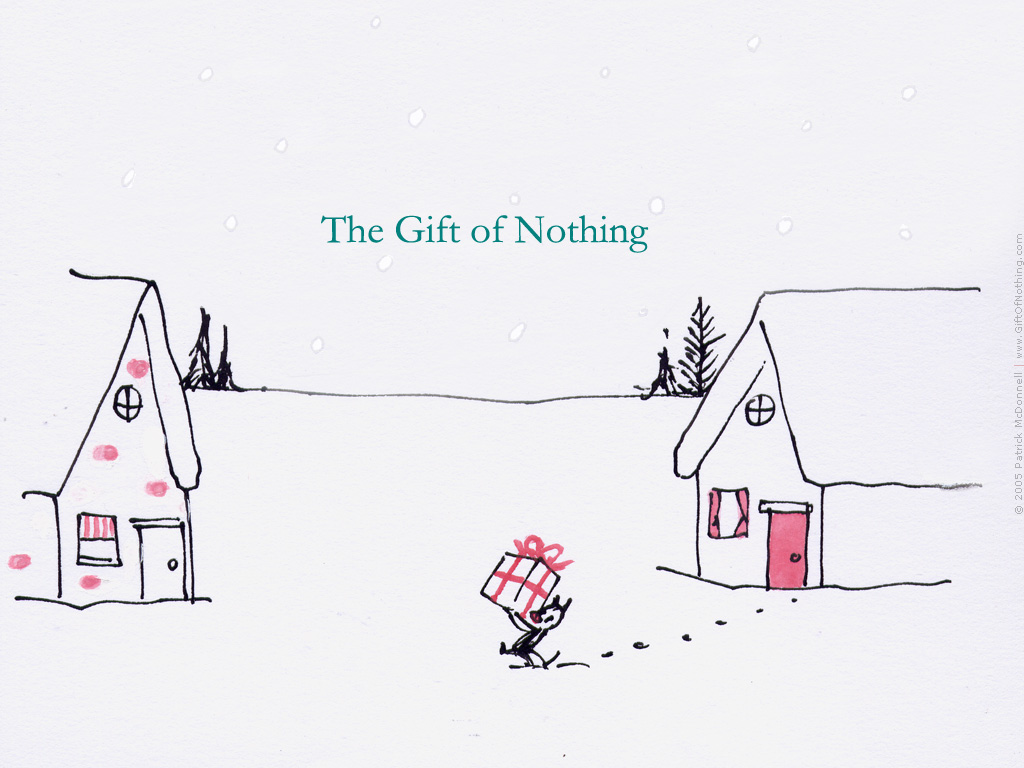*Article contributed by Courtney Hartnett*
Walking past the open door, chaos appears to ring into the hallway. A longer pause and closer investigation reveal passionate conversations between groups of people. Heads down with pencils quickly working, keeping up with ideas. Numerous hands manipulating an assortment of expected and unexpected materials. Looks of excitement. Anticipation. Frustration. This room is deeply engaged in design thinking. Insert whatever age and educational setting, and the kaleidoscopic connections between individuals, the immediate setting, and the outside world continue to unfold.
Design thinking, also commonly referred to as the Engineering Design Process or creative problem-solving, is not a clear-cut, step-by-step process or curriculum. Rather, design thinking is a method of problem-solving rooted in empathy, creativity, and iteration to create products for specific users:
· Empathy is an important part of designing solutions. Rather than generic offerings, empathy invites designers to imagine solutions that meet the end-users’ unique needs and desires.
· Creativity plays an important role in coming up with innovative solutions that are practical and functional. Designers play around, exploring different configurations and arrangements, of design ideas.
· Designers create iterations of the product, trying out ideas and refining them through prototyping and testing.
Rather than a linear sequence, a visual of design thinking resembles more of a web. Progress towards the end-product is visible, but empathy, creative ideas, and prototype testing is revisited throughout as needed. Design thinking is powerful when embedded into learning environments. Students become problem-scopers—seeking out opportunities for improvements or solutions to real-life problems they encounter, and then tackle those problems with workable solutions.
For example, 3rd grade students at my school recognized that teachers had a problem carrying several items with them during the school day. Teachers had to carry a walkie-talkie, schedules, keys, access badge, cell phone, and student medication, among a number of other things. Items were often left behind or misplaced, wasting time to locate lost items or double-checking to make sure all things were accounted for. Using design thinking, students created well-sized satchel bags with compartments and labels specific to the items teachers need to carry with them at all times. With items having specific “homes” in the bag’s compartments, it is simple to identify when something is missing. Duct tape was the final “fabric” of choice and offered unique pattern options and flexibility in assembling durable bags. The final product was well-received by the teachers for the stylish appearance and customized functionality.
To start working with the design thinking mindset, there are a number of resources available. From an organizational or business standpoint, IDEO offers a number of examples and resources for applying design thinking within a company as well as to generate products for customers. The d.school at Stanford describes their purpose as helping others develop their own creative potential through design. They have an extensive collection of resources that would be a good place to start for anyone interested in design thinking. When you have younger people in the mix, jumping into design thinking can feel overwhelming. Check out the videos from a five-minute film festival about Design Thinking from Edutopia. There are a number of examples of what design thinking can look like in school settings.
However you decide to start, design thinking offers endless opportunities for learning and engagement. Participants apply problem-solving in real-life situations that require communication, creativity, experimentation, and collaboration. This is by no means an exhaustive list of learning opportunities. Give it a try, and I think you will find the experience dynamic and rewarding for everyone involved.










